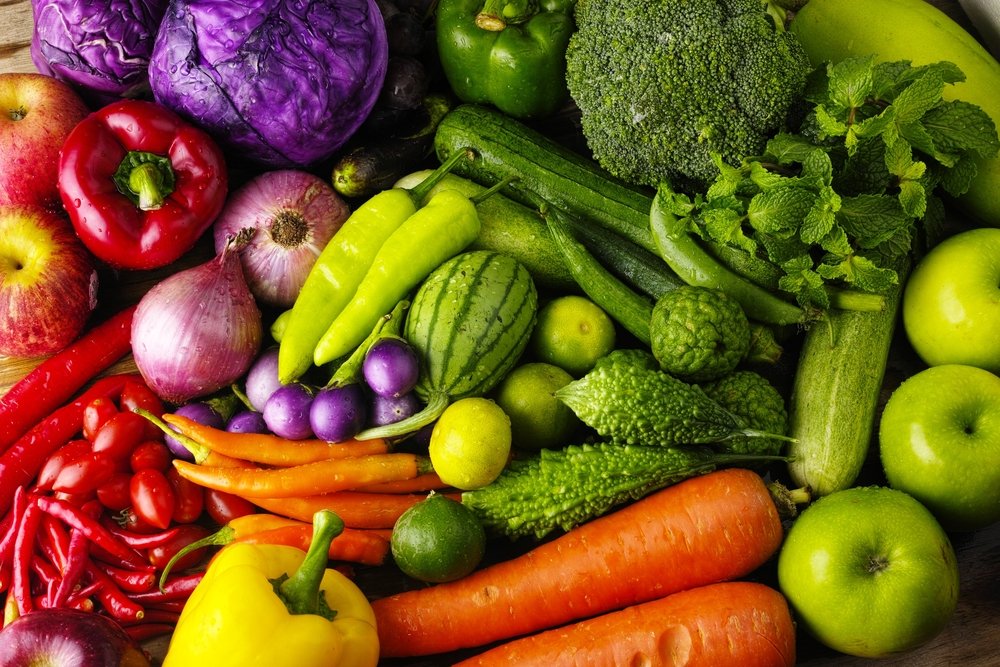Yoga food
No matter what your lifestyle, how you play sports, or what you eat, eating well is important when you do yoga. Practicing yoga has become a real emotional release, and a real physical activity in itself, which allows us to let off steam while doing a sun salutation and breathing exercises.
Kundalini yoga, prenatal yoga, nidra yoga, ayurveda, dynamic yoga, group classes, iyengar yoga, there are all kinds of yoga, one or the other necessarily corresponding to one or the other of us. But in a global way, all of them require a certain physical form, whether it is a question of muscular reinforcement or just dynamic meditation. A real effort which, during a yoga session, may require special nutrients.
But then what are the dietary rules when doing yoga? Is there a special diet to follow? Let's find out right now!
The top 10 recipes for yogi
Before giving you a top 10 yogi recipes, it's good to know and understand why you should do it. Indeed, between yoga classes, effects on the spine, work on the mind, or deep breathing, yoga is a complete discipline that works many parts of our metabolism. It is therefore essential to make it work well, in order to be as efficient as possible in what we do.
To do this, some recipes full of energy, fiber, protein and vitamins can be useful for the proper functioning of our body as athletes. Because yes, what could be more stimulating than being in shape and succeeding in your yoga postures like a champion? There are different ways of perceiving yogic nutrition but, as with most people, we will divide it into two parts: vegetarian and non-vegetarian.
For the vegetarian, we will think of :
• Lentil soup with cumin, good and robust at the same time,
• Vegetable curry, to spice up your taste buds,
• Roasted sweet potatoes, for a full energy boost,
• Eggplant dumplings, tasty and more original,
• The mixture of legumes and vegetables, quite simply,
• The bean salad with buckwheat, surprising and consistent,
• The buckwheat noodle makis, which will make us travel through the taste buds.
Of course, all this will be seasoned at your convenience, depending on whether you want your dish more or less spicy, with coriander or not, etc.. If, with all this and regular practice of yoga postures, you don't do well with stretching and other forms of yoga, I don't know what to do!
Regarding non-vegetarian recipes, to get the most out of the benefits of yoga, we will think about :
• The fish carpaccio, fresh and full of good proteins,
• The vegetable pâté with a little chicken, a maximum dose of protein from all sides,
• Bruschettas with crumbled tuna, tasty without being greasy.
In short, all these recipes are ways to approach yoga and nutrition in the best possible way, and to refocus our chakras on ourselves, in full consciousness.

The main principles of nutrition in the yoga culture
Yoga is one of these complete disciplines, which anyone can practice if he or she has a good enough command of concentration, flexibility and body in general. The main principles of nutrition in the yoga culture follow this dynamic, and makes a yoga practice look like a physical exercise that requires linking body, mind and spirit.
For the yogi that we are, we must therefore master balance. As in yoga exercises, balance is important. Balance of flavors, textures, products in general, all in a perfect sequence, and total awareness. For yes, this last point is very important when it comes to measuring what we are ingesting. Hence the importance for some people of vegetarianism, locavorism, or crudivorism.
This leads to a preponderance of silence, as a motor for understanding one's food and linking the values of yoga to it. Indeed, what could be better than to really savour what we are eating, in a perspective of full consciousness, concentration, even meditation. Yoga is an art!
Finally, the little budding yogi that we are will have to choose our food carefully, whether it is organic, fresh, local or vegetarian ingredients. An improved physical condition, for yoga exercises and letting go executed in the best possible way.
What is the yoga diet?
Serenity, letting go, present moment, inner peace, all these terms speak to you? Good thing, they are also common with a yogic diet, and show us what the yoga diet is all about. And yes, even if it's about eating in a way that is beneficial for a yoga class, we shouldn't neglect health, as well as our food preferences.
The yoga diet is also close to certain values, starting with vegetarianism which, if it advocates global non-violence and non animal suffering, is a pillar of yogic nutrition for many, and shows a rather strong, almost militant side of discipline.
We can also mention crudivorism, which is a rather particular way of eating. Indeed, while privileging fresh food, organic and seasonal if possible, crudivorism only includes raw food! And yes, here, no cooking is accepted, in order to apprehend the food and its taste as well as possible, in the purest way. A kind of layer of the practice of yoga, between serenity and the present moment.
All this will be done with full awareness, because, like yogic movements, food must be as anchored as possible in the present moment, developing at best flavors, tastes and principles that boost the form and involvement in a sequence of postures.
Finally, let's also mention the "Paleo" diet, which could from time to time be similar to yoga, or at least be suitable for certain yogis. The idea is to go back to the basics, to the Paleolithic origin, and to eat only what one really needs, without refined sugars, most cereals, etc. A diet that is sometimes a bit strict, but which has the merit of making yoga interesting for many of us.
What to eat before and after a yoga workout?
Whether it's a beginner's class or an advanced class, a yoga teacher often makes us sweat, think, meditate, in short, experience what! A yoga class is not always a bubble of softness and rest, far from it. It's all about knowing how to approach a session, whatever the time of day, and how to end it well, always in connection with our plate. So, what to eat before and after a yoga workout?
Before a session, we often have to try to make up for the energy drops we may have during and after a session, while trying to stay light. We should then favor foods rich in fiber, hearty fruits, which will also bring quick sugar, so that we have energy to spare for the upcoming class.
After a session, it is more about protein intake that we should focus on our dietary behavior, and do not hesitate to eat white meat, legumes, always accompanied by vitamins thanks, for example, to good green vegetables.
The essential thing in this kind of approach is to know and realize that we need to hydrate, whatever the time of day, whatever our sensation of thirst, whatever our desire for water. Before, it helps to prepare the body for yoga class, and after, it allows the cells to regenerate much more easily than by being dry.
Thus, by developing an adapted behavior, it is possible to have a diet worthy of a real yogi, between vitamins, fibers, proteins, under an often more responsible approach. More responsible for the body, for the planet, but also for our body. And let's not forget that food, like yoga, is also and above all to link the body, the mind, and the spirit! So, ready to make greetings to the sun? Because we are!


